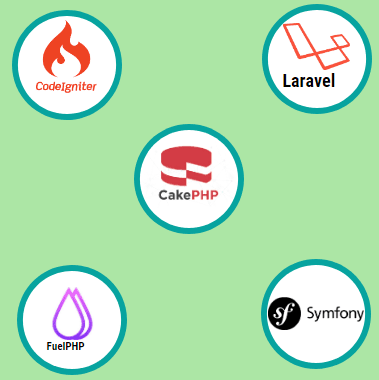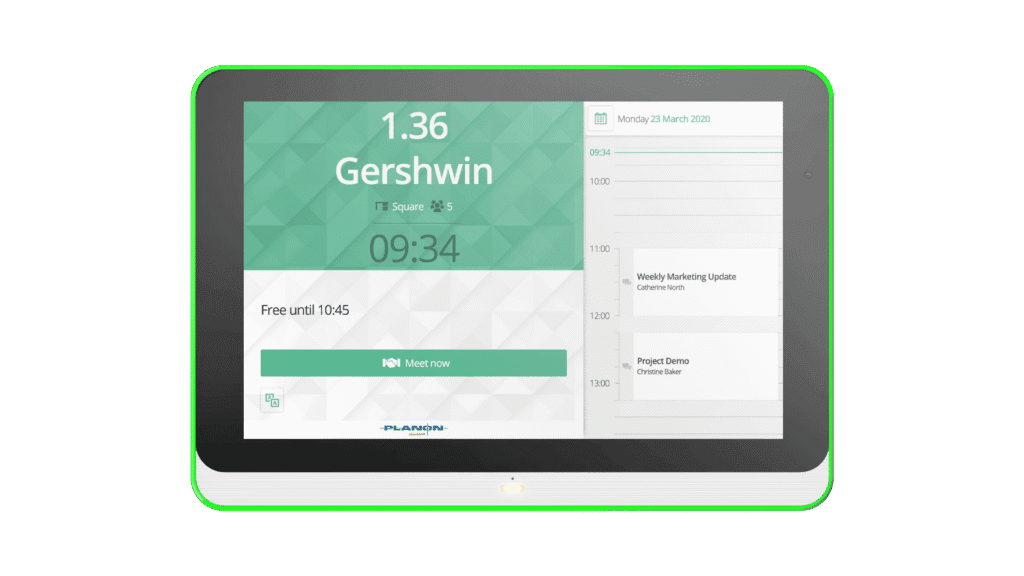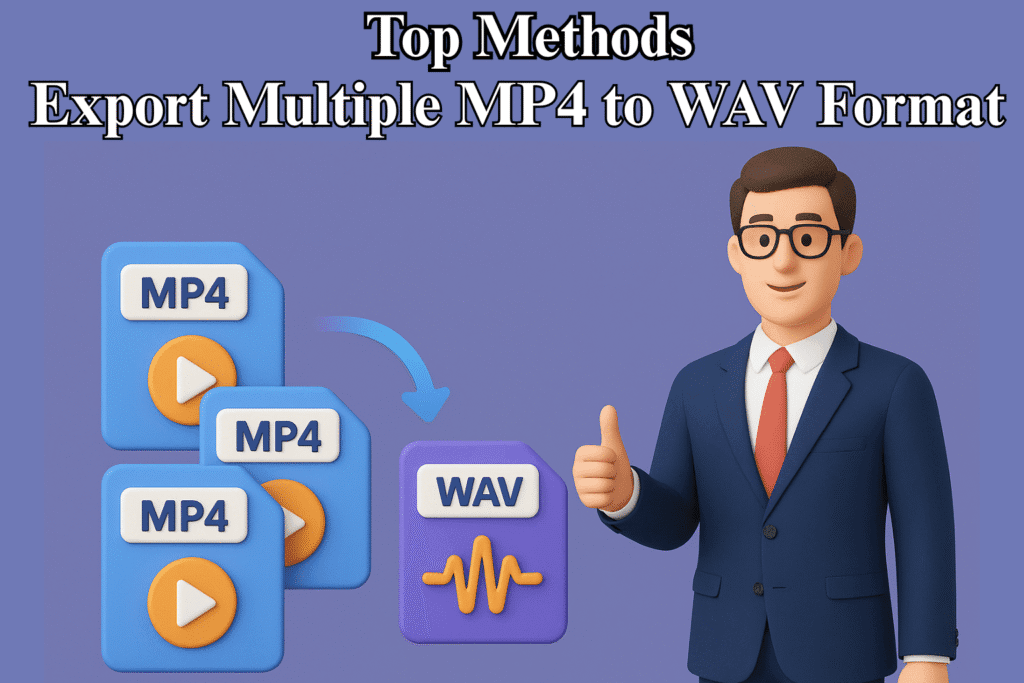PHP, which stands for Hypertext Preprocessor, is a popular server-side scripting language that is widely used for web development. It is an open-source language that has been around for over 25 years and has a vast developer community.
PHP frameworks are a set of libraries, classes, and tools that help developers build web applications quickly and efficiently. They provide a structure for developers to work with, and they often include pre-built components that can be easily customized to meet the specific needs of a project.
With so many PHP frameworks available, choosing the right one for your project can be overwhelming. In this blog, we will take a closer look at the 5 best PHP frameworks that will help you build high-performance web application.
Each of these frameworks has its strengths and weaknesses, and we will explore their features and capabilities to help you make an informed decision. Whether you are a beginner or an experienced developer, you will find the information in this blog useful in selecting the right PHP framework for your web development needs. So, let’s dive in and explore the 5 best PHP frameworks for web development in 2023.
5 best PHP frameworks for web development in 2023.
1. Laravel
Laravel is one of the most popular PHP frameworks available today. It was created in 2011 by Taylor Otwell and has since become one of the most widely used frameworks for web development. Laravel follows the Model-View-Controller (MVC) architecture pattern and includes a variety of features, such as authentication, routing, and database migrations.
Some of the key features of Laravel include:
- Blade templating engine: Laravel’s Blade templating engine allows developers to write clean, simple code for their views. It includes features like template inheritance, conditional statements, and loops, which make it easy to build complex interfaces.
- Eloquent ORM: Laravel’s Eloquent ORM provides an easy way to work with databases. It allows developers to define database relationships using simple syntax, and it provides many features for working with data, such as eager loading and querying.
- Artisan command-line interface: Laravel includes a command-line interface called Artisan, which provides many useful commands for working with the framework. For example, Artisan can be used to generate boilerplate code, run database migrations, and clear the application cache.
- Laravel Mix: Laravel Mix is a tool that makes it easy to compile and minify front-end assets like JavaScript and CSS. It provides a simple, intuitive API for working with tools like Webpack and Babel, and it can be easily integrated into Laravel projects.
2. Symfony
Symfony is a PHP framework that was first released in 2005. It is a modular framework that includes many reusable components, such as form builders, security systems, and routing. Symfony follows the MVC architecture pattern and provides many features for working with databases, caching, and testing.
Some of the key features of Symfony include:
- Twig templating engine: Symfony uses the Twig templating engine, which provides a simple, powerful way to create views. Twig includes features like inheritance, blocks, and filters, which make it easy to create reusable, modular templates.
- Doctrine ORM: Symfony uses the Doctrine ORM, which is a powerful and flexible tool for working with databases. Doctrine provides many features for working with data, such as lazy loading, caching, and query building.
- Console component: Symfony includes a console component that provides a command-line interface for working with the framework. The console component can be used to run tests, generate boilerplate code, and perform many other tasks.
- Debug toolbar: Symfony includes a debug toolbar that provides information about the performance and structure of a Symfony application. The toolbar includes information about SQL queries, routes, and caching, and it can be used to optimize the performance of an application.
3. CodeIgniter
CodeIgniter is a PHP framework that was first released in 2006. It is a lightweight framework that is designed to be easy to use and easy to learn. CodeIgniter follows the MVC architecture pattern and provides many features for working with databases, caching, and security.
Some of the key features of CodeIgniter include:
- Small footprint: CodeIgniter has a small footprint and is easy to install and configure. It does not require a lot of server resources, and it can be used to build small to medium-sized web applications.
- Active Record database: CodeIgniter includes an Active Record database, which provides an easy way to work with databases. It allows developers to define database relationships using simple syntax, and it provides many features for working with data, such as query building, transactions, and caching.
- Modular approach: CodeIgniter follows a modular approach, which allows developers to use only the components they need for a particular project. This makes it easy to customize the framework and keep the codebase small.
- Security: CodeIgniter includes many features for building secure web applications, such as input validation, cross-site scripting (XSS) filtering, and password hashing.
4. CakePHP
CakePHP is a PHP framework that was first released in 2005. It follows the MVC architecture pattern and provides many features for working with databases, caching, and security. CakePHP is designed to be easy to use and easy to learn, and it includes many pre-built components that can be easily customized.
Some of the key features of CakePHP include:
- Bake command-line tool: CakePHP includes a command-line tool called Bake, which can be used to generate boilerplate code for models, views, and controllers. This makes it easy to get started with a new project and reduces the amount of manual coding required.
- ORM: CakePHP includes an ORM (Object-Relational Mapping) system, which provides an easy way to work with databases. The ORM allows developers to define database relationships using simple syntax, and it provides many features for working with data, such as pagination, caching, and query building.
- A template engine: CakePHP includes a template engine called CakePHP View, which provides a simple way to create views. The template engine includes features like inheritance, helpers, and layouts, which make it easy to build complex interfaces.
- Security: CakePHP includes many features for building secure web applications, such as input validation, cross-site scripting (XSS) filtering, and password hashing.
5. Zend Framework
Zend Framework is a PHP framework that was first released in 2006. It is a modular framework that includes many reusable components, such as form builders, authentication systems, and caching. Zend Framework is designed to be flexible and extensible, and it can be easily integrated with other tools and libraries.
Some of the key features of Zend Framework include:
- Modular architecture: Zend Framework follows a modular architecture, which allows developers to use only the components they need for a particular project. This makes it easy to customize the framework and keep the codebase small.
- Composer integration: Zend Framework can be easily integrated with Composer, which is a popular tool for managing PHP dependencies. This makes it easy to install and update the framework and its dependencies.
- Authentication and authorization: Zend Framework includes many features for building secure web applications, such as authentication and authorization. It includes pre-built components for working with OAuth, LDAP, and other authentication systems.
- Cache component: Zend Framework includes a cache component that provides an easy way to cache data and improve the performance of web applications. The cache component can be used to cache data in memory, on disk, or in other storage systems.
Conclusion
The above listed are some of the most popular PHP frameworks available today, and they all provide many features for building web applications quickly and efficiently., each with its own strengths and weaknesses. Some frameworks are designed to be easy to use and easy to learn, while others are more flexible and extensible.
When choosing a PHP framework, it is important to consider the specific needs of a project and the skill level of the development team. By understanding the key features of each framework, developers can choose the best tool for their project and build high-quality web applications that meet the needs of their users.
Tech content on this site may include contributed articles and partnerships with industry voices. Learn more in our Editorial Policy.





